If there’s one truth all writer’s know, it’s that inspiration is a fleeting, fickle creature. It comes and goes of its own will, teasing and baffling us with its unpredictable nature. Though we try to tame it, inspiration continues to thwart us and slip through our fingers.
But what if I said you could learn how to tap into your creativity and summon ideas whenever you like? You see, your creativity is always present in your mind, hiding just beneath the surface. With a little practice and strategy, you can learn how to lure it out when needed.
For the longest time, I failed to understand why my mind would hum with a sudden buzz of creativity at seemingly random times, like during a shower or while lying in bed trying to fall asleep. Yet at other times, like when faced with a blank page, my mind would be completely silent. Sound familiar? That’s because there’s a reason behind why your mind’s creative mode is engaged during certain times.
If you’ve ever felt frustrated that your bursts of inspiration are too few and far between, you’re in good company, friend. Let’s break down how to engage your brain’s creative mode step-by-step, and unravel the whys behind the mystery.
Step 1: Find a Quiet Place Free of Distractions
In his book Slowing Down to the Speed of Life, psychotherapist Richard Carlson explains:
Creativity bubbles up inside you automatically when your mind is clear and quiet. Those moments when your mind is free of distraction are the very moments you have the greatest potential for creativity.
When your mind is filled with a constant swarm of activity, it suffocates your creative thinking. However, when your mind is allowed to relax, your creativity has room to breathe.
This is why so many writers (myself included!) say they get their best ideas in the shower, while lying in bed, or while driving. These are some of the few “quiet” moments we have alone with our thoughts in our hectic lives.
This means that if we want to tap into our creativity, we first need the right environment. Whether it’s in your home, a park, a coffee shop, or a library, find a quiet place where you won’t be disturbed or distracted. You may need to further eliminate some distractions by turning off your phone or temporarily disconnecting your internet.
Personally, I’ve found that my best places to do my creative thinking are in my bedroom, anywhere out in nature (usually during a walk), in the car, and during a hot bath or shower. These are places where I’m the least distracted, and during these times I switch my phone to silent so my thoughts won’t be interrupted if I receive a call or text.
I also want to point out here that ‘quiet’ doesn’t have to mean complete silence. Your environment just needs to be quiet enough so that your thoughts aren’t drowned out by external noise. Some people might think better with background noise, like music or the sounds of a coffee shop, but I’ve found these usually compete too much with my thoughts.
Choose whatever sort of ‘quiet’ works best for you.
Step 2: Unclog Your Mind and Focus on the Present
Whenever we set out to create something, we always begin with something empty. A blank canvas, an empty page, a fresh roll of film. Similarly, before your mind can begin creating and filling itself with ideas, you first need to empty it.
This means letting go of all thoughts of anything related to the past or future and focusing only on the present moment.
Our brains have two main modes of thinking: analytical thinking and creative thinking. Analytical thinking involves any sort of analyzing, problem-solving, calculation, dwelling on the past, and worrying about the future. When we turn off our analytical thinking and focus on the present, we can then switch into creative mode.
Every day our minds get clogged with hundred of thoughts—the fight we had with our significant other this morning, how we embarrassed ourselves at work last week, the friend who’s been annoying us all afternoon, our anxiety about that upcoming deadline, our worries about how we’re going to pay off our student loans after we graduate.
It’s no wonder we struggle to find our creativity when our heads are so full! When we continue to turn these thoughts over and over in our heads, we’re engaging in analytical thinking.
In order to tap into creative mode, your mind can’t be engaged in the past or the future. Those thoughts buzz in our minds, creating too much noise and distraction. To awaken our creativity, we must quiet our minds by focusing on the present moment and nothing more.
I’ll admit that at first I found it challenging to empty my mind and focus on the present. How does one even go about doing that? What does that look like? I quickly learned three easy strategies to achieve this: 1) focus on my breath, 2) focus on physical sensations, and 3) focus on sounds around me.
1. Breath—Try practicing deep breathing. Breathe in long and slow, hold for a few seconds, and then release long and slow. Focus on the feel of your lungs contracting and expanding, and imagine yourself drawing and releasing your breath from and throughout your entire body, from your head to the tips of your toes.
2. Physical Sensations—Focus on your body and physical environment. Are you snuggled under a cozy blanket? Is the sun warming your skin? Is your cat or dog curled up beside you?
3. Sounds—Focus on the sounds in your environment. Is there wind moving through the trees? Raindrops pattering against the roof? You could even try playing some nature sounds or music.
Basically, focus on anything that will ground you in the present moment. Once you start tuning your thoughts into the present, your mind will start to empty and quiet in preparation for creative thinking.
Step 3: Invite Creativity With Questions and Curiosity
Once you have a quiet mind, you have a blank canvas to begin your creative work. Allow your thoughts to begin to wander, daydream, and become curious. To help guide your thinking and invite your creativity to come out to play, try asking ‘what if.’
For example, what if aliens invaded earth? What if a thief fell in love with a prince? What if dragons existed and were alive today?
Once you’ve found an interesting ‘what if,’ explore it further by asking questions such as ‘what next’ or ‘why.’
Why did the aliens invade earth? What happens after the thief falls in love with the prince? You might also try asking ‘who could be involved in this story?’ In the case of the dragons in the above example, is there someone who hunts them, tames them, or rides them?
Or, if you already have a story in progress, you could think of scenes for your plot, get into your characters’ heads, or delve deeper into your story’s world if you’re writing Fantasy.
Don’t get frustrated if you can’t think of anything interesting. Just relax, have fun, and keep exploring your thoughts. Not every idea has to be material for the next best seller, but the more ideas you can come up with, the better chance you will have of finding one that’s worthwhile.
Step 4: Capture Your Thoughts on Paper
While you’re daydreaming, write everything that comes to mind down on paper. This helps to keep your mind clear so your thoughts don’t have to linger on the same ideas for fear of forgetting them. Your creativity will continue to flow, and you can continue to explore and produce new ideas without worrying about clinging to others.
If you hit any sort of snag or something you don’t know the answer to yet, just write it down and keep going. You don’t need to know everything right now—you can hammer out the details later. If you stop to analyze an idea too closely and try to problem-solve, you will switch off your creative mode and turn on your analytical mode. You will stop the flow.
You’re Now a Creativity Mind-Hacking Jedi!
Now that you know the secret behind how to hack into your creative mode, you can use this Jedi mind trick anytime you like! This process might seem ridiculously simple, but I promise you it works! The next time you’re staring at a blank page getting nowhere and feeling frustrated by your lack of inspiration, step back and use these steps to engage your creative mode.
To summarize, here are the steps again:
- Find a Quiet Place Free of Distractions. A quiet mind gives creativity room to breathe.
- Unclog Your Mind and Focus on the Present. Analytical thinking smothers creativity, so don’t dwell on the past or future. Instead, ground yourself in the present moment to empty your mind.
- Invite Creativity With Questions and Curiosity. Ask what if, what next, why, and who to explore ideas for potential or current stories.
- Capture Your Thoughts on Paper. Keep your creativity flowing by avoiding the fear and distraction of forgetting ideas. If you get stuck, keep going–don’t stop to problem-solve the idea or you will activate your analytical mode.
Do you have any special tips or tricks for hacking your creativity? Share them in the comments below!











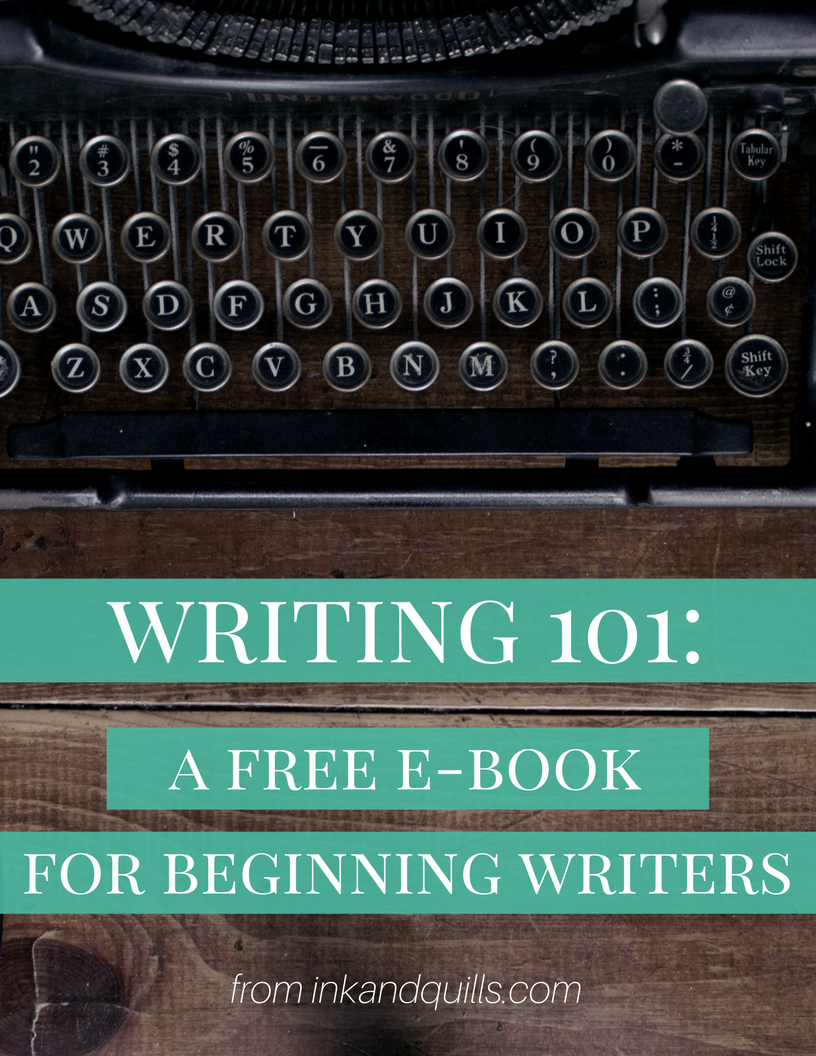

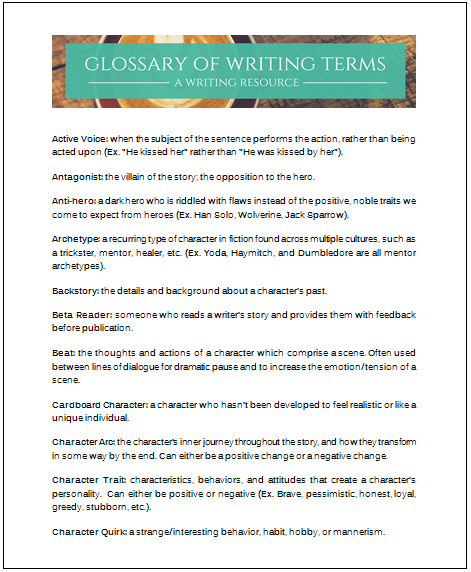

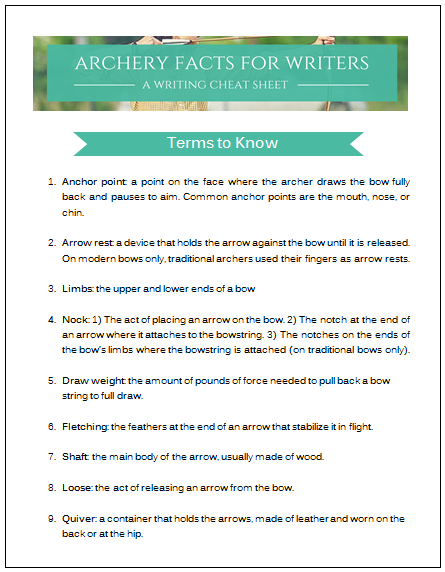



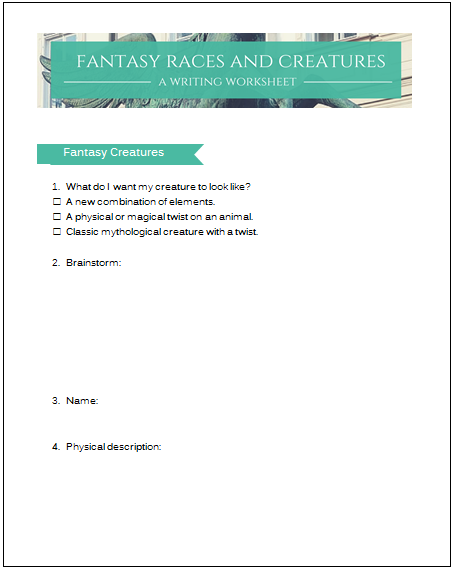


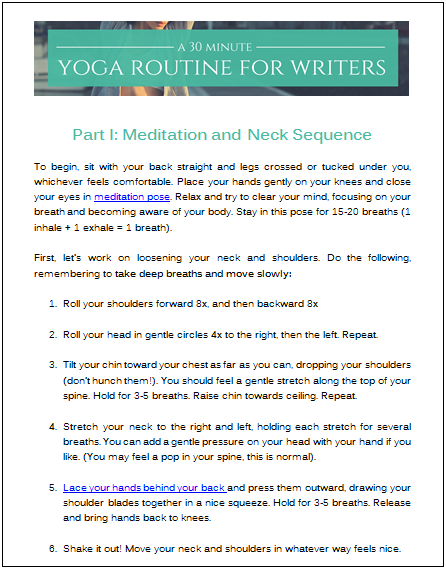

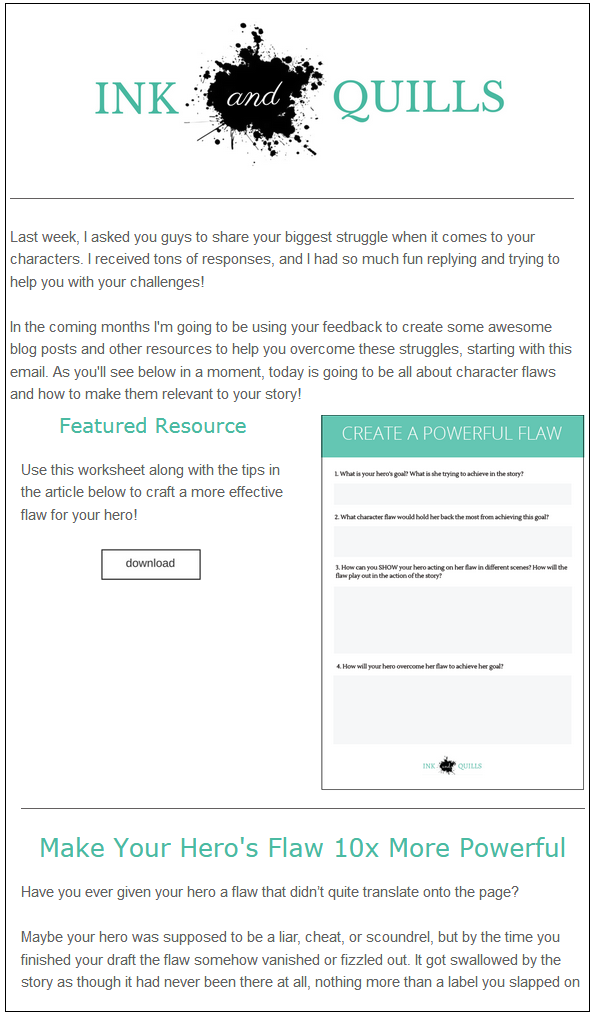
Very good points. I use the same processes. No one can read your draft without your permission, so writing “raw,” with emotion rather than reason and self-censorship, can generate some good stuff to work with. Interruptions are the absolute worst. You could lose everything. Your mind could get wiped while the material is making its way from working memory to the page.
One thing I’d suggest to people who find it difficult to capture their thoughts through writing–either because the flow is somehow sacrificed or altered, or because it takes too long and they forget–is the use of a recording device. I could never do it, but for some people, oral construction is the way.
One of the hardest things to do as a writer is schedule in quality writing time. You’re doing the right thing in blogging once a month. I enjoy your blog posts, but can’t read this new format. It’s very hard to read light colored font on a white background. I hope you can darken it a bit. I write, and eyestrain is a big problem. Thanks!
Ahhh, you’re back with a bang! I love this post so much, Kaitlin. I’ve been in such a writing rut lately, which I’ve only just begun to ease out of, and your post has got me all inspired and ready to create.
Thanks for helping me get back to basics and understand the creative process a bit better. You’re amazing!
I love the discovery of a new blog! This is my first time here, but I love the advice in this article. I’m always creatively stuck, and I needed to read a post like this. I love step 2 in particular, which makes a lot of sense. I’ll save this post for later, I can’t wait to try these exercises out! 🙂